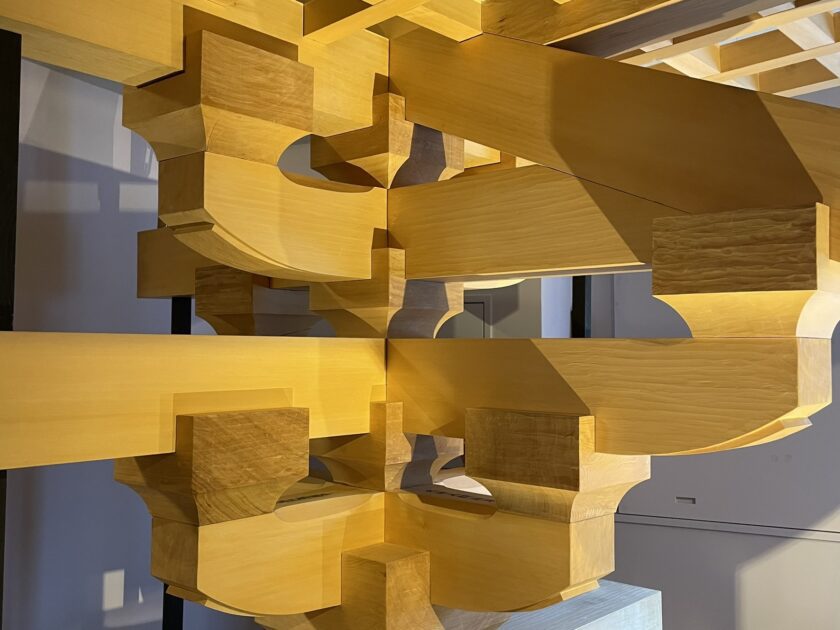Experiencing Traditional Japanese Architectural Techniques (2): “Sakan”
Experiencing Traditional Japanese Architectural Techniques (2): “Sakan” What is “Sakan”? Traditional Japanese Architectural Techniques At the Kigumi Museum, visitors can explore not only “Kigumi” but also other traditional Japanese architectural techniques. Most of these techniques are registered as UNESCO Intangible Cultural Heritage under the category of “Traditional skills, techniques, and knowledge for the conservation and transmission of wooden architecture in Japan.” Let’s delve into the traditional Japanese architectural techniques exhibited at the Kigumi Museum. Understanding “Sakan” (Japanese Plastering) “Sakan” refers to the work of applying plaster or mortar to exterior walls or earthen walls using a trowel, as well as the artisans who perform this task. It requires highly skilled craftsmanship, and the proficiency of artisans greatly influences the finished product. The origins of Sakan can be traced back to the Jomon period, where people primarily lived in pit dwellings and stacked soil to create earthen walls, marking the beginning of Sakan. During the Azuchi-Momoyama period, Sakan craftsmen played a significant role in the construction of tea rooms, a field also developed by figures such as Sen no Rikyu in the realm of tea ceremony. Traditional Japanese plastering techniques include “Kyo-kabe” (ancient-style Kyoto walls), which finish the surface with soil,



